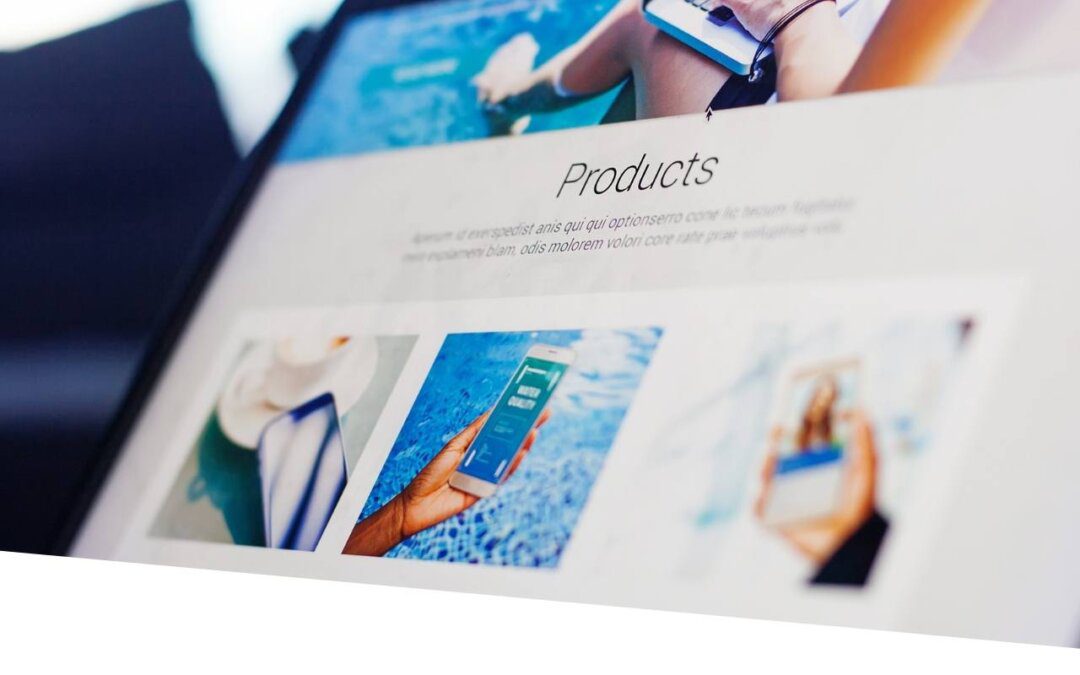IN ADDITION TO MY BLOG, I’M ALSO A CONTRIBUTOR FOR ENTREPRENEUR AND THRIVE GLOBAL | CHECK THEM OUT & KEEP READING!
The homepage is like a storefront window, regardless of your website’s function (e-commerce, organizational, non-profit, etc.). It’s a sneak peek at your website. And if it isn’t appealing or intriguing, it’s likely to be the last thing your users view because they’ll move on soon.
However, there are some very significant ideas addressed here that would apply even if you are only a website owner.
With millions of enterprises and organizations vying for your business, the Internet acts as a virtual street. A home page, like that window, is a website’s single chance to show visitors what it has to offer. A website visitor, like a shopper staring in a window, decides whether or not a website will benefit them in a short length of time.
So why would you fill your website with large adverts, erroneous statements, unrelated news, and anything else that doesn’t pertain to the goal of your company if you wouldn’t do it to your storefront window?
Let’s go over the steps to visitor conversion once more before we get started.
The Six Steps to Visitor Conversion:
-
- Do I trust you?
- Do I believe you?
- Do you understand my needs?
- What’s in it for me?
- What do you want from me?
- Is it worth it?
When creating a home page for a website with many products or services, keep the following crucial points in mind.
A handful of tasks all home pages must accomplish and website designers must be mindful of:
-
- Establish an identity – logo, and slogan
- Make a good first impression – this is the key to keeping visitors
- Provide visual and verbal clues to reveal the site’s underlying content and encourage deeper browsing – teases, recent articles, featured items, etc.
- Provide a clear navigation
- A place for site-wide search
- Fresh content to attract return visitors
- Supply both new and return visitors with desired content – each visitor is looking for different types of information
- Provide multiple entry points – aside from the navigation, give users different ways of accessing the site’s content
Always Welcome New Guests
New guests should always be given priority. Simply told, you will never have any return visits if you don’t attract new visitors.
Give them an obvious starting point that will answer these questions:
-
- What is this?
- Who are you?
- What do you do, sell or make?
- Why are you better than the rest?
Give Return Users Everything They Need
Return customers are aware of the company/organization, what they do, and that they are satisfied with the company/organization. This is when the balancing act gets a little tricky. Any pop-ups or massive blocks of information that they already know are not what returning users desire. They also require a quick and simple method of obtaining the tools or information they require.
If the website requires any type of login, one efficient way to accomplish this is to give account holders a separate layout with different options than new users.
Because certain types of websites do not require a login, this option will not function in all circumstances. If no login is necessary, give new users the majority of priority real estate (areas “above the fold” or above the 600px mark) and return visitors the rest. This is predicated on the assumption that returning visitors will be more tolerant of scrolling and will be more familiar with where products are located. But never position high-frequency content “below the fold,” as two instances of a good balance for both returning and new visitors can be found below.
Answer These Questions Before It Goes On The Home Page
Only certain content should be displayed on the main page, therefore use these questions to determine the value and necessity of a particular feature on your website. A possible aspect should be put in context by the responses to these questions.
-
- Will this element be frequently used?
- Who will this element help – new visitors, return visitors, or both?
- Will this element confuse or frustrate new visitors? return visitors? Or both?
- Is this element consistent with the website’s purpose?
- Could this element be placed on a secondary page that will equal success?
Control Your Visitors
Although Internet users are unpredictable, you can control the activities of the majority of visitors with an effective visual hierarchy and calls to action.
1. Calls-to-Action
To remain up to date with us, sign up for our newsletter today! That is an example of a well-executed call-to-action message. In the correct context, you were given a task to accomplish that would have enticed you to take action and made you aware of a feature or service.
With a compelling offer, a good call-to-action motivates consumers to act. The most prevalent calls-to-actions are “Click here” or “Learn more.”
2. Setting The Visual Hierarchy
On a web page, giving everything equal weight will result in congestion and confusion. A visual hierarchy, or the sequence in which a user would encounter each element on a website, is established by using size, color, and shape contrast. Ideally, the user’s eye should be able to move freely around the design without becoming fixated on any one component.
Before you begin creating, write down the hierarchy of elements based on relevancy. Then, within your design, put the elements, with the most significant element receiving the most attention, and so on.
Above All, Make Your Purpose Clear
You have set up your visitors for failure if the purpose of a website is not immediately plain within seconds of viewing. They may not be able to leave straight away because they may misinterpret the website’s objective, leading them to look for information that does not exist.
Need Help With Your First Impression?
It’s easier said than done to create the ideal homepage. It’s one thing to know best practices, but it’s quite another to put them into practice.
Whether you need a brand new website or your current site needs some love, Verde can collaborate to make sure your online presence is exactly what it should be, contact us to schedule a consultation.
Other Articles You May Enjoy
Social Media Engagement Hacks to Increase Your Reach
Boost your brand’s reach with these social media engagement hacks! Learn simple yet effective strategies to increase interactions, build community, and grow your audience—without spending a fortune on ads.
How Fractional Marketing Directors Improve ROI and Drive Revenue Growth
Discover how fractional marketing directors help businesses improve ROI and drive sustainable revenue growth. Learn why more companies are leveraging flexible, expert-level marketing leadership without the full-time cost.
The Power of Video Marketing: Why It’s Still a Must-Have in 2025
Discover why video marketing remains essential in 2025. Learn how it drives engagement, boosts conversions, improves SEO, and builds brand trust. Explore tips and strategies, and find out how Verde Marketing Communications can help you create impactful video content.



